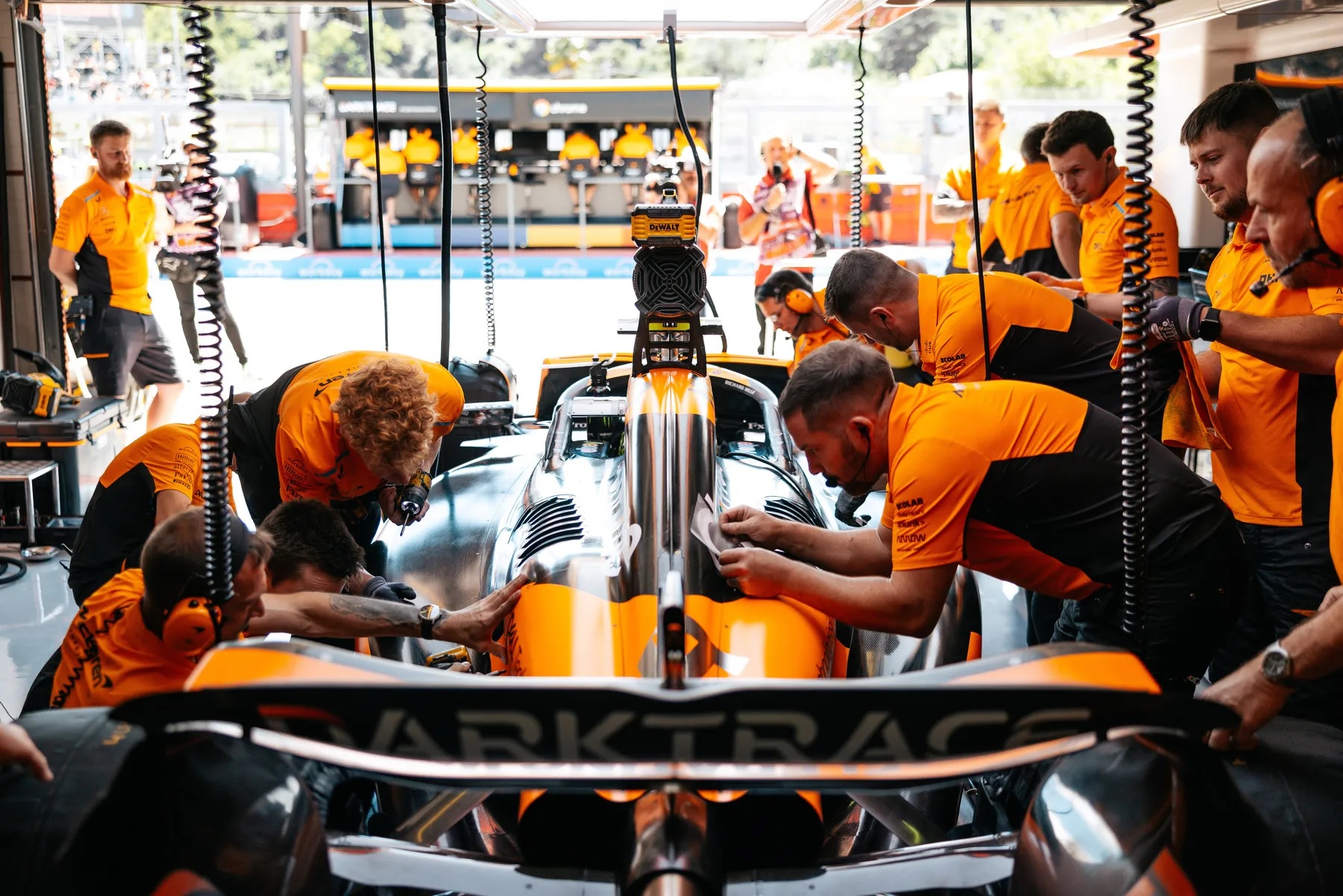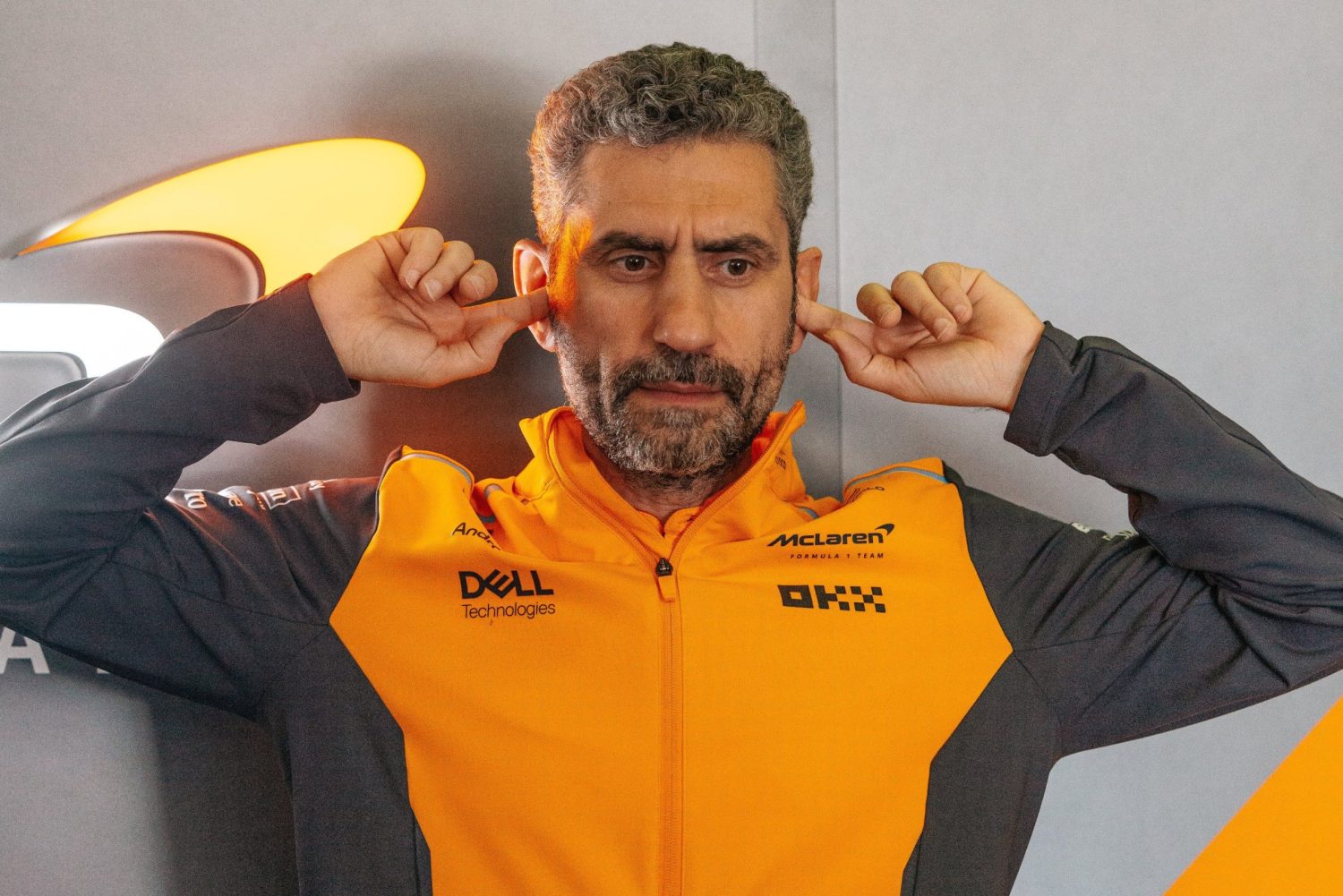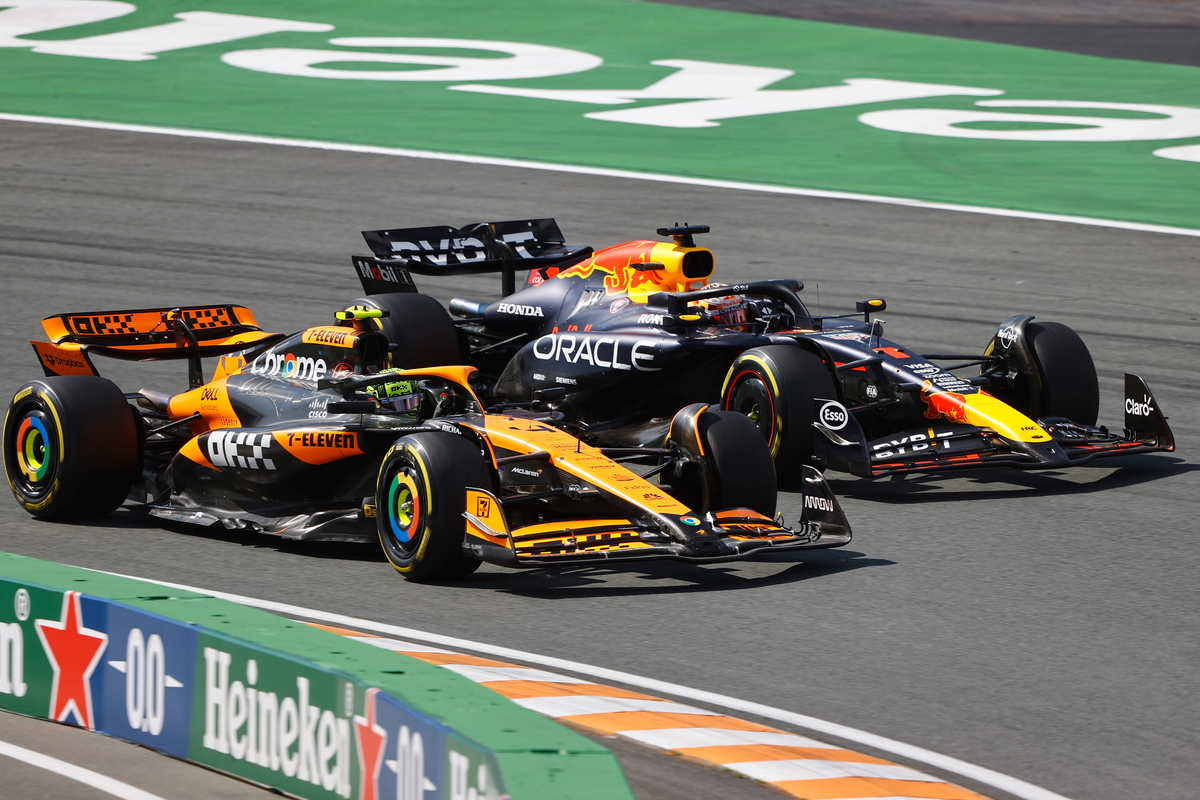
McLaren's 2024 Formula 1 season has been a masterclass in consistency and performance that has positioned the team as the dominant force in the championship fight. But how has the Woking-based outfit managed to stay ahead of the curve while its rivals have struggled with fluctuating form and upgrade challenges?
According to team principal Andrea Stella and chief designer Rob Marshall, McLaren's remarkable performance is rooted in a well-executed development strategy and a focus on cohesive upgrades, which has enabled team papaya to outpace its competitors.
While Red Bull began the season as the dominant squad, McLaren has steadily eroded their advantage. What started as a 115-point deficit in the Constructors' Championship has turned into a 41-point lead for McLaren with just six races to go.
McLaren's rise began with a series of key upgrades introduced as early as the Miami Grand Prix, and from that point onward, the team has consistently been a frontrunner.
So far, Lando Norris and Oscar Piastri have delivered five wins to McLaren this season, while Red Bull, Ferrari, and Mercedes have seen their performances fluctuate significantly.
According to Stella, McLaren's ability to remain competitive regardless of the track and the conditions is not the result of a straight-forward engineering process.
“I would like to answer that yes, big engineering behind it, it's all clear. “I know exactly why we stay in the window despite the change of conditions,” commented Stella, quoted by Speedcafe.
“But the reality is that I think it's a very complicated kind of science, very difficult to put in objective engineering terms.

“What we're trying to do is study the data, historical data, on tire conditioning and temperature and try to do our best with engineering solutions.
“Likewise, we want to make sure that the car has a good balance, [and] overall good aerodynamic characteristics.
“And what we have seen is that, when you try and pursue these directions, normally the car responds well.”
One of the critical factors behind McLaren's resurgence has been its approach to development. While modern F1 cars are highly complex, McLaren has managed to introduce upgrades without compromising the MCL38's balance or performance.
But the team has also shown a willingness to take calculated risks, as evidenced by their decision to introduce a significant upgrade package during the Sprint weekend in Miami.
While introducing new parts in Formula 1 can be a delicate endeavor, McLaren has managed to navigate these challenges successfully.

McLaren team principal Andrea Stella.
“When you have this kind of performance on track, you can always approach things from a cautious point of view in terms of development,” Stella explained after Norris dominant triumph at Marina Bay.
“At the same time, we need to trust the process. We need to trust the way we've been working so far. We have taken our time to make sure that once we deliver parts, we have done the due diligence.
“In Formula 1, I'm not sure you can back off too much because backing off means that the others may catch. We don't know what the plans of the others are.
“We need to keep being aggressive in terms of development.”
Interestingly, compared to its rivals, McLaren has been more inclined to introduce comprehensive complete packages rather than piecemeal upgrades, a tactic that has minimized the risk of compatibility issues.
Rob Marshall explained the logic behind this strategy.
“It's nice to be delivering lots of little upgrades all the time,” explained McLaren's chief designer.
“But equally, sometimes you just have to hold on a little bit while you wait for a chunk of bits to come all the same time.

©McLaren
“The advantage in doing that is that often bits don't combine very well, or as well as you think they would.”
The advantage of delivering a full upgrade package, rather than introducing individual parts in isolation, is that the team can ensure the components work together seamlessly.
“If you deliver them in one lump, that combination of parts has been in CFD together, it was developed together, so you can be more confident that the combination of bits works well together,” added Marshall.
“If you do it bit by bit, you might introduce an upgrade on one part and then work on another part and find out, actually, it's a bit compromised by the previous change you made.”
With six races left and a solid position at the helm of the Constructors' Championship, McLaren has shown that it has the resilience, strategy, and pace to contend for the title.
Keep up to date with all the F1 news via Facebook and Twitter







